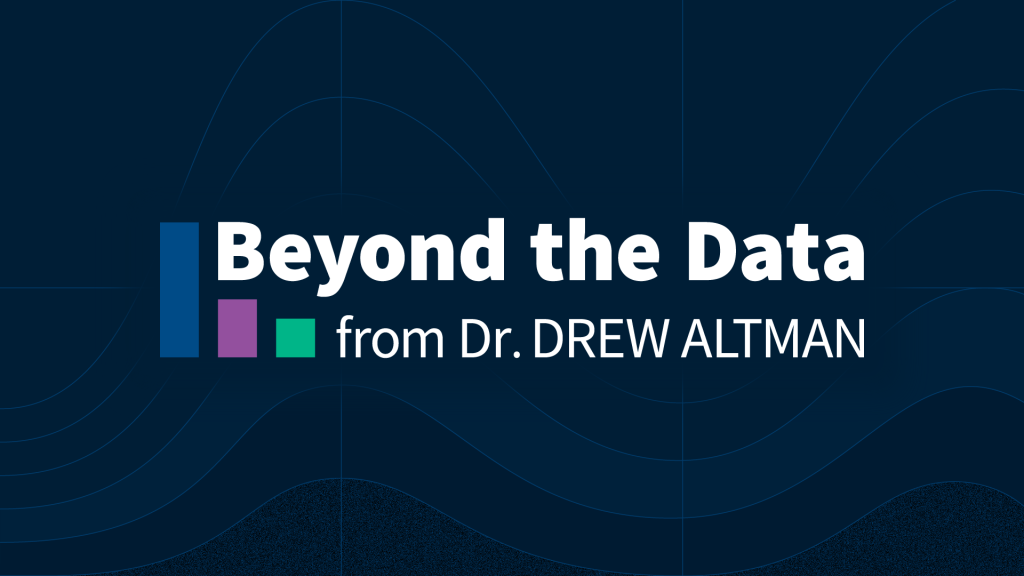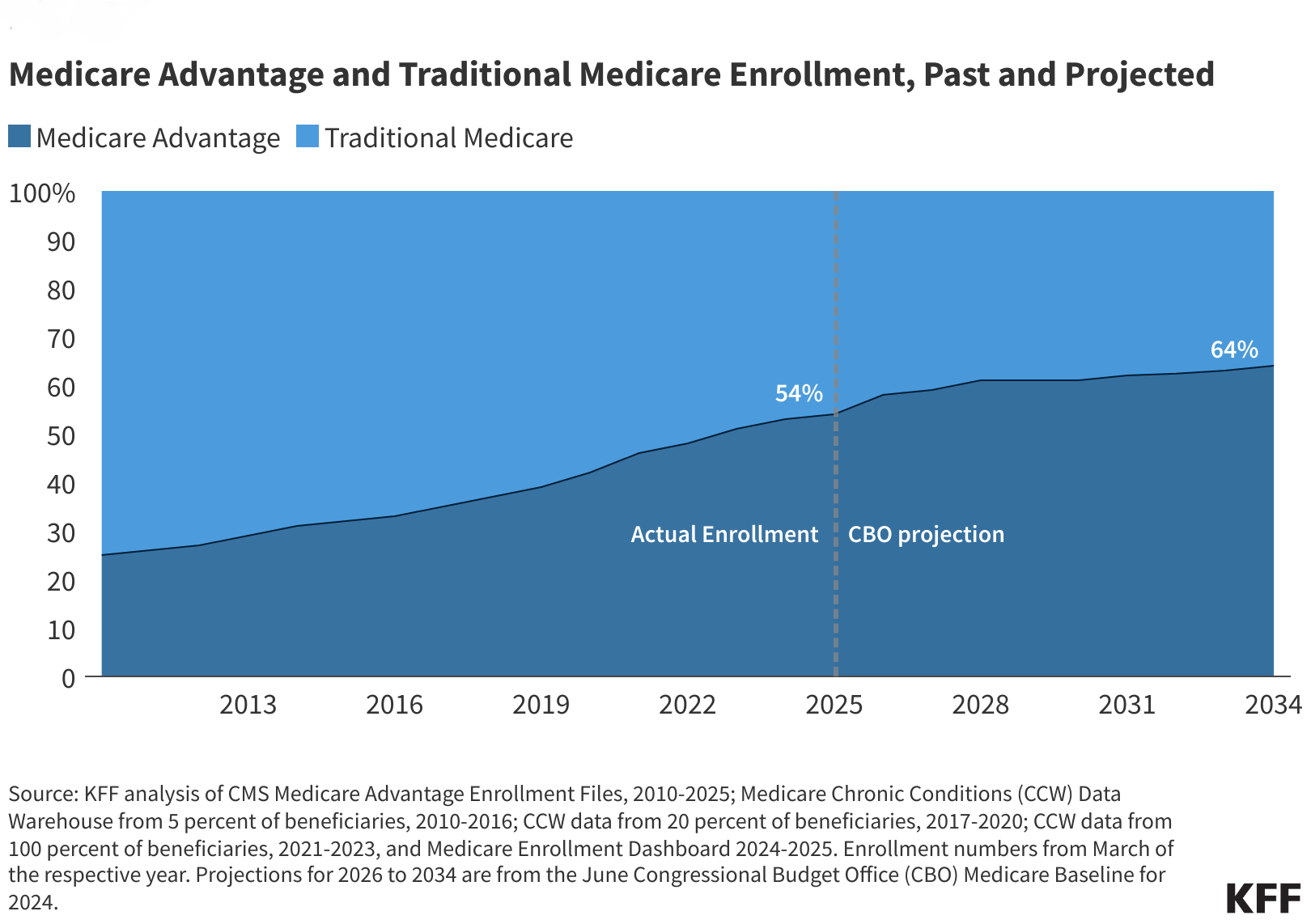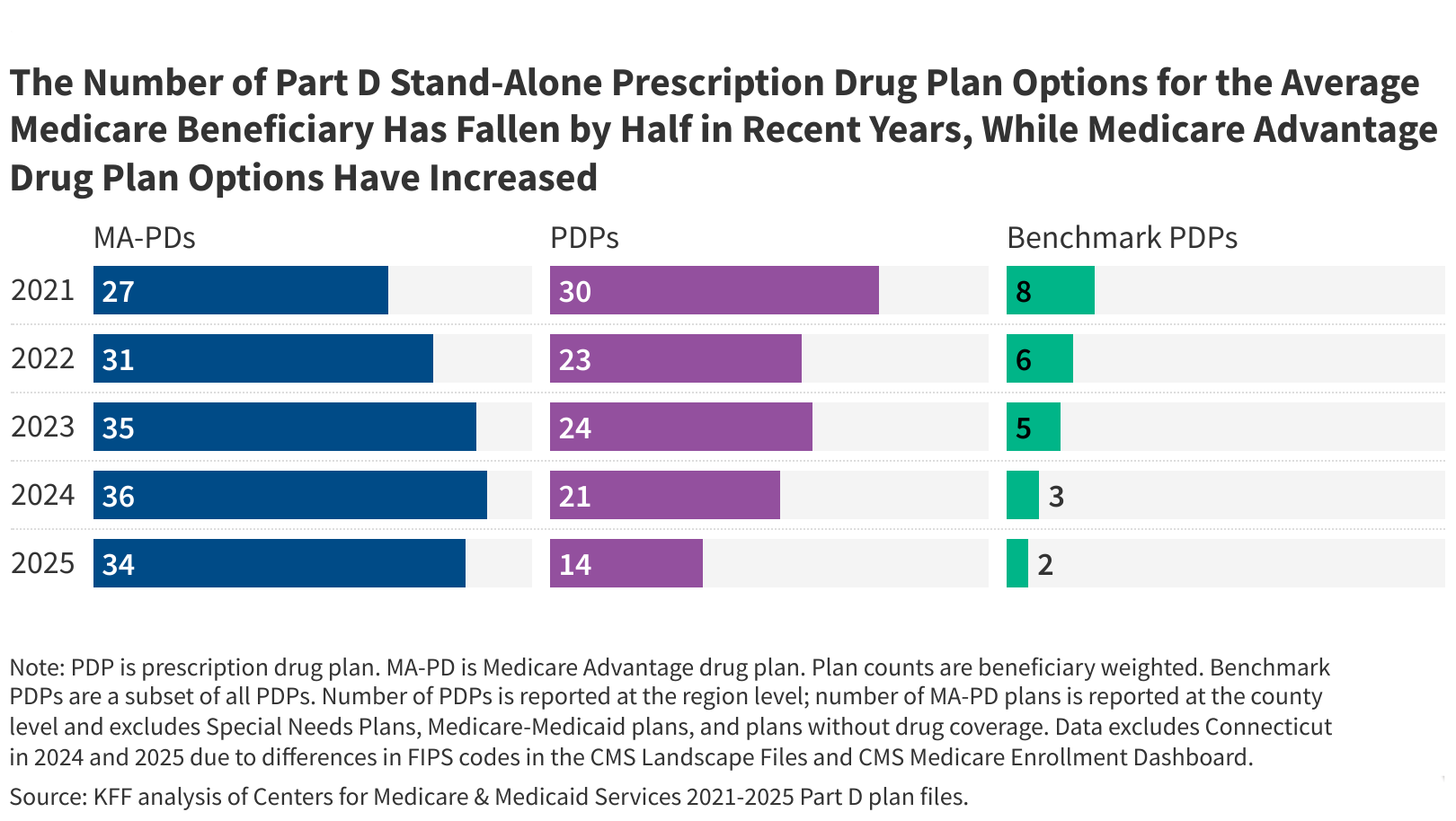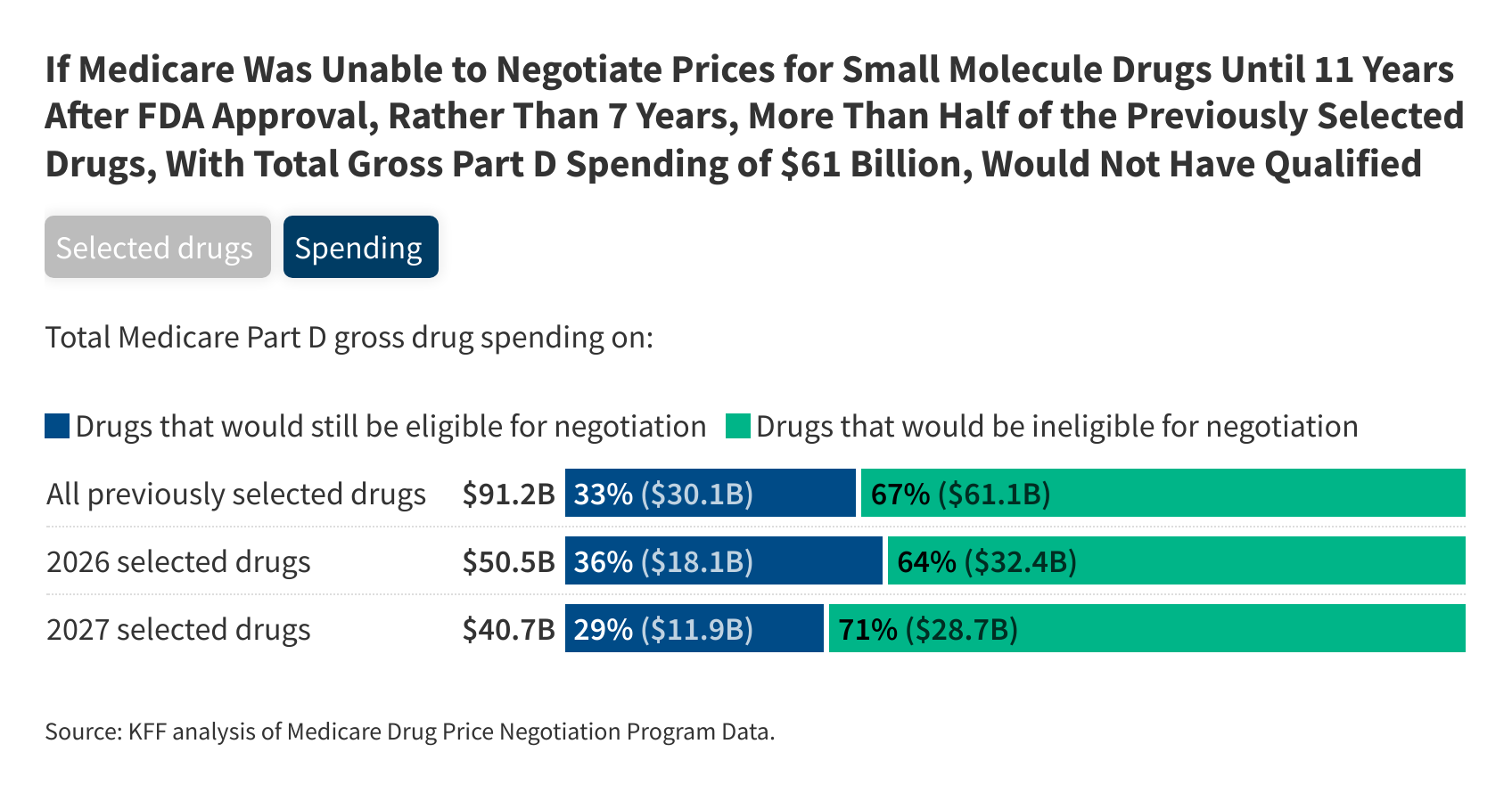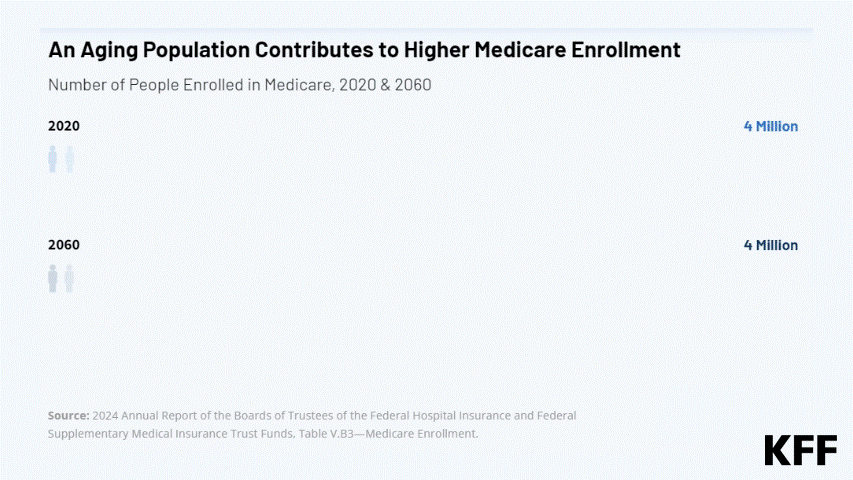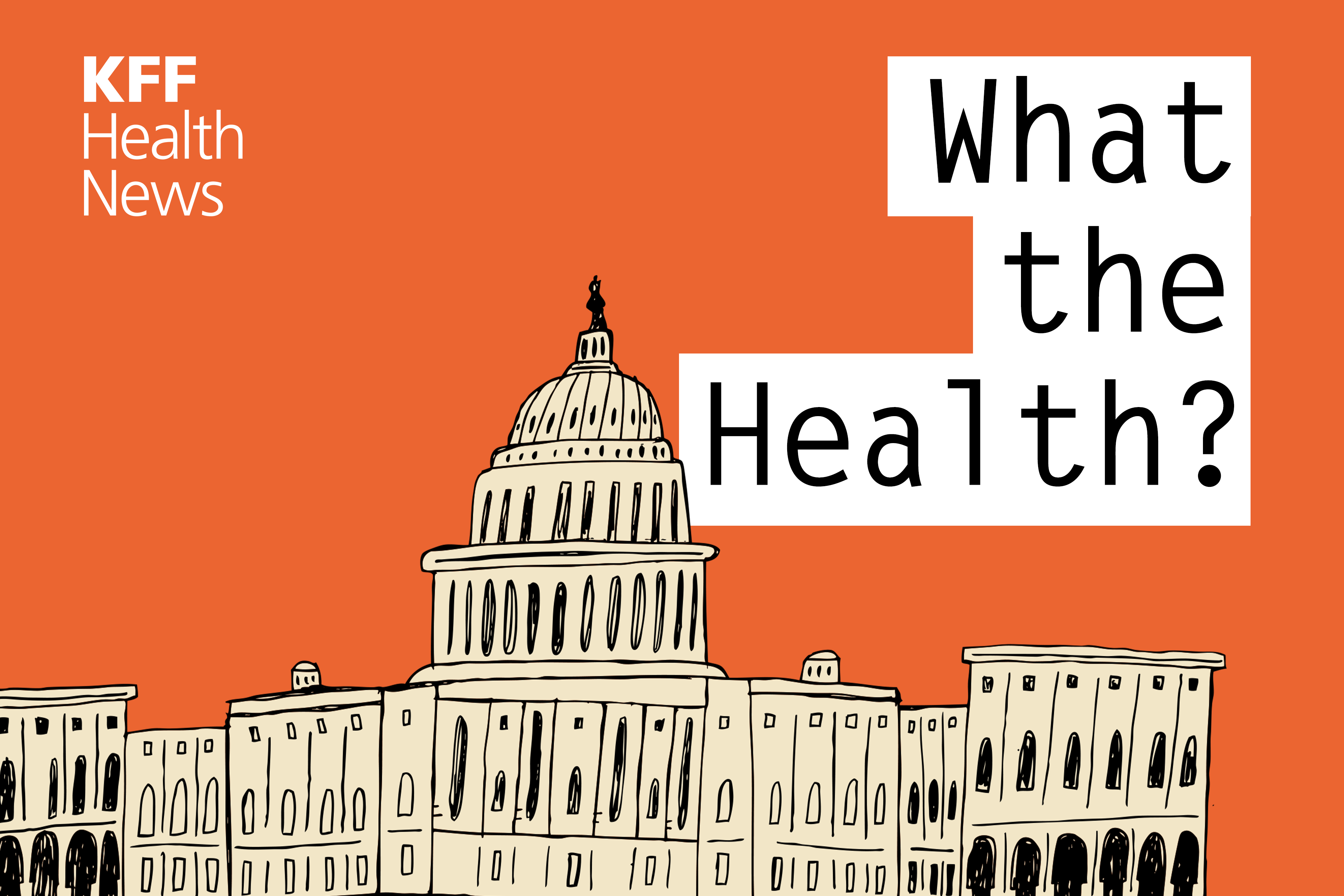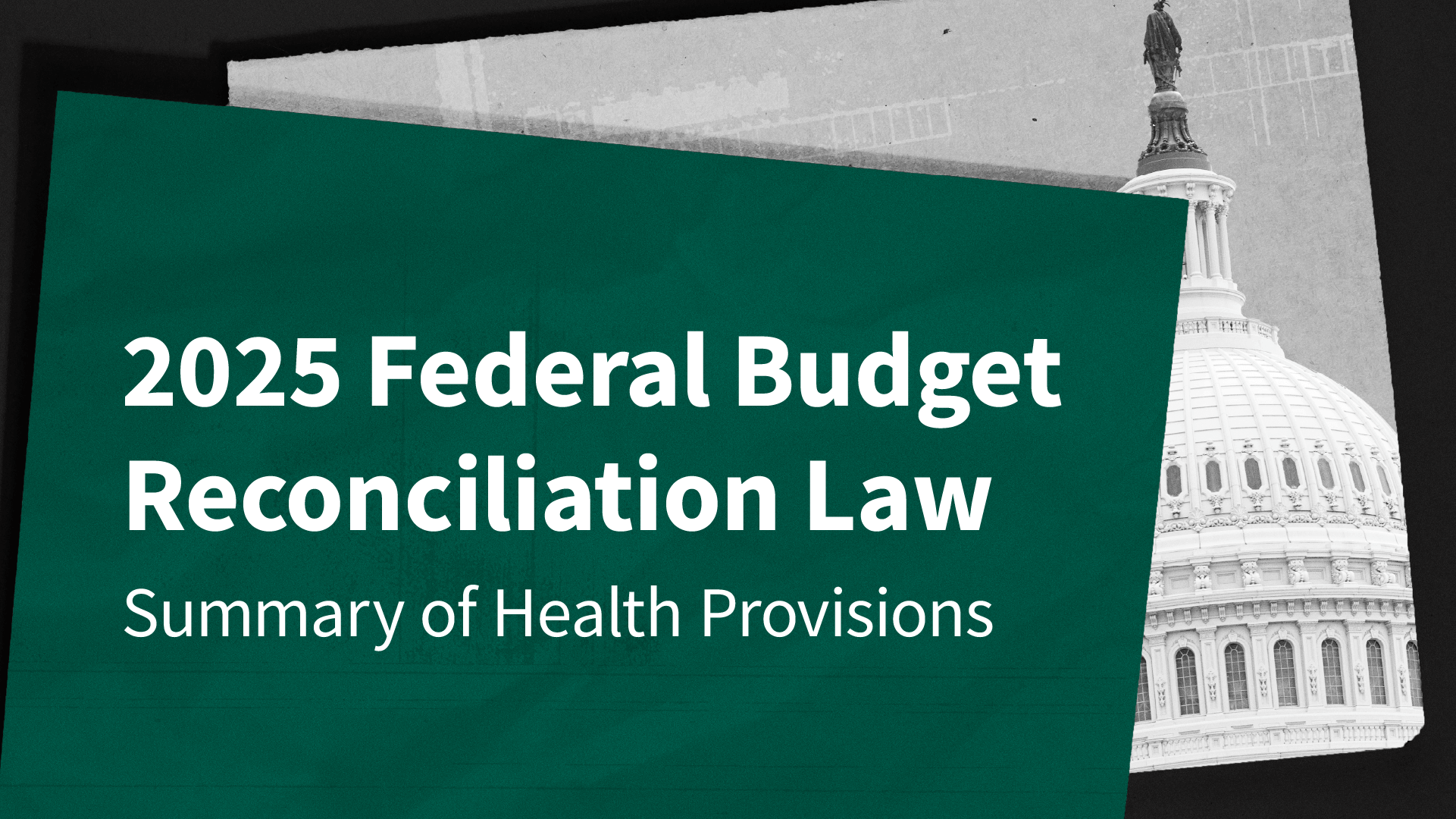
This summary provides background, description, budgetary impact and related information on the Medicare provisions in the 2025 federal budget reconciliation law, previously known as the "One Big Beautiful Bill."
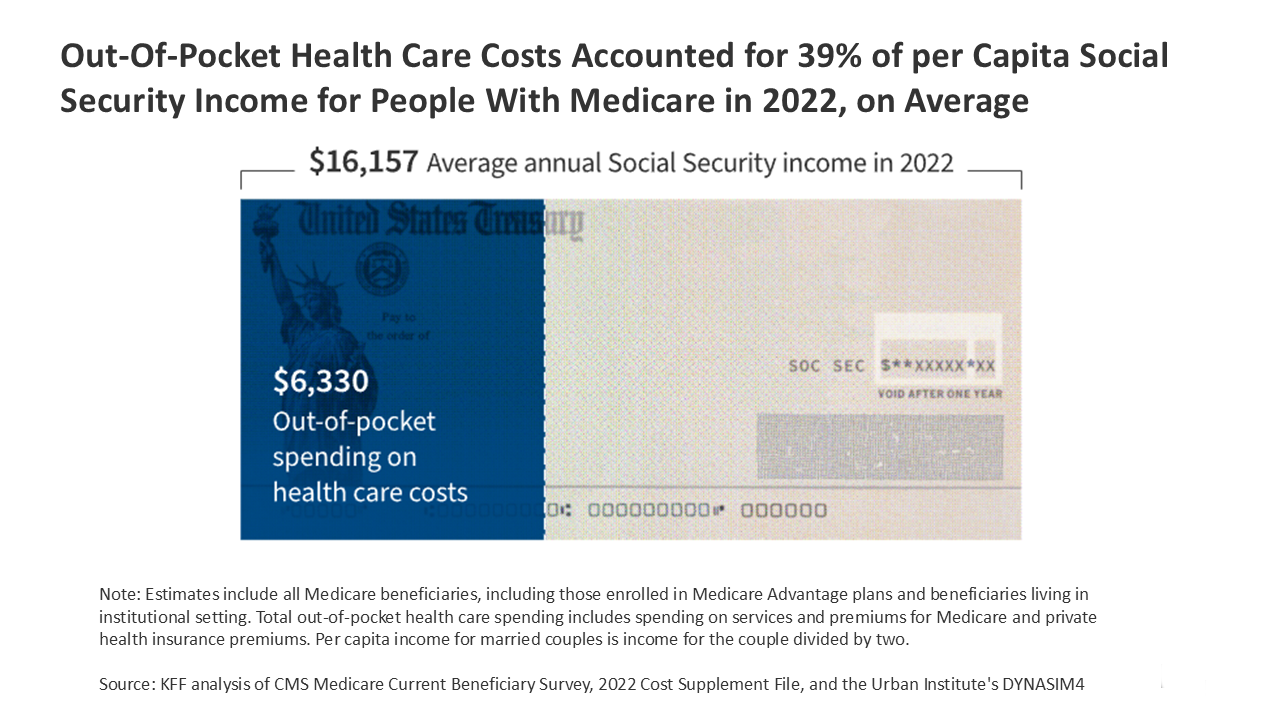
Out-of-pocket health care spending by Medicare beneficiaries accounted for 39% of Social Security income per person in 2022, on average. This brief analyzes out-of-pocket health care costs as a share of Social Security income and total income.
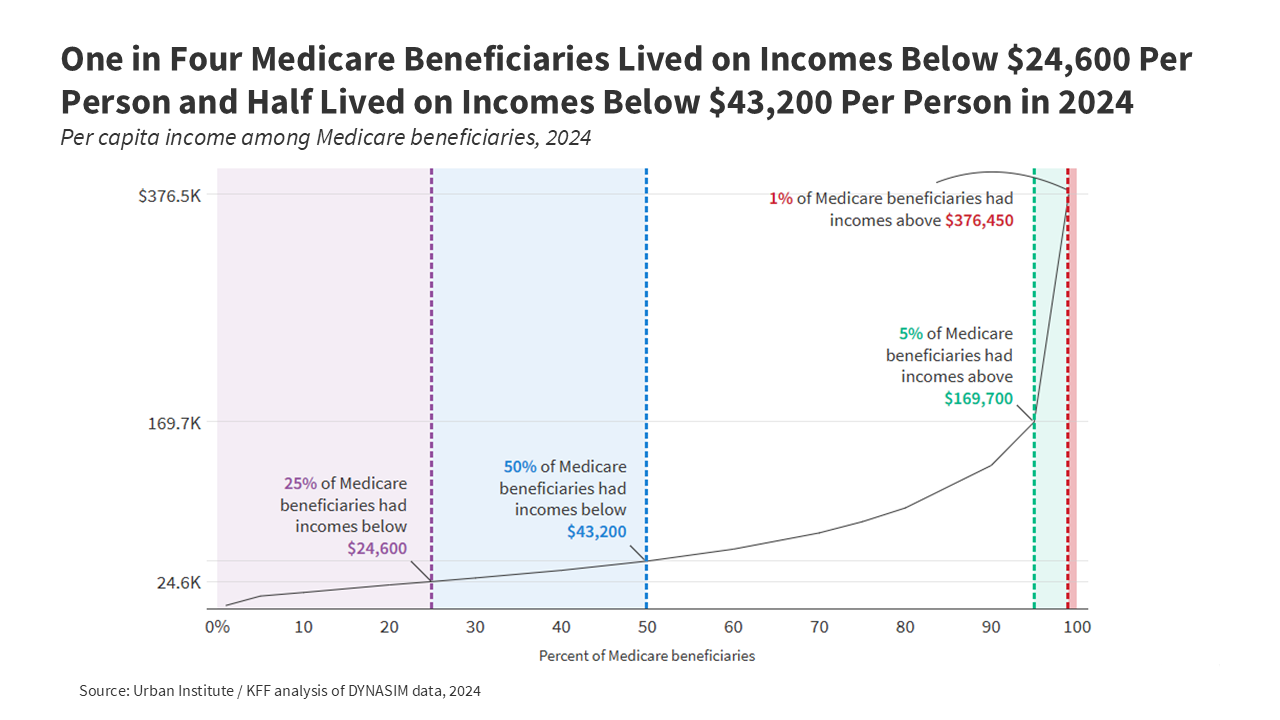
One in four Medicare beneficiaries – 16.5 million people with Medicare – lived on incomes below $24,600 per person in 2024. A look at the income, assets, and home equity of Medicare beneficiaries.
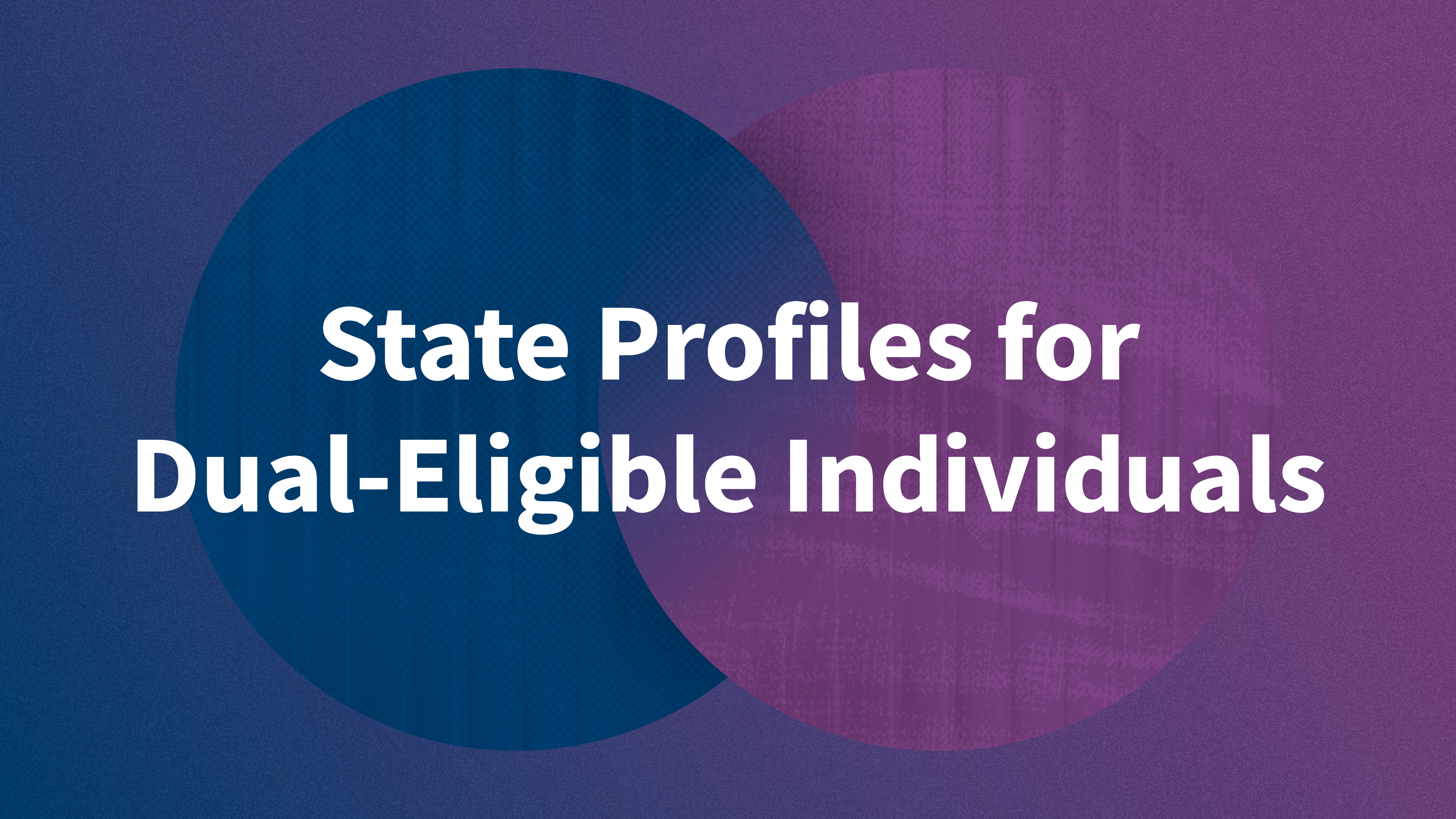
This new database offers the latest national and state data and statistics on dual-eligible individuals who receive their primary health insurance coverage through Medicare and some assistance from their state Medicaid program.
